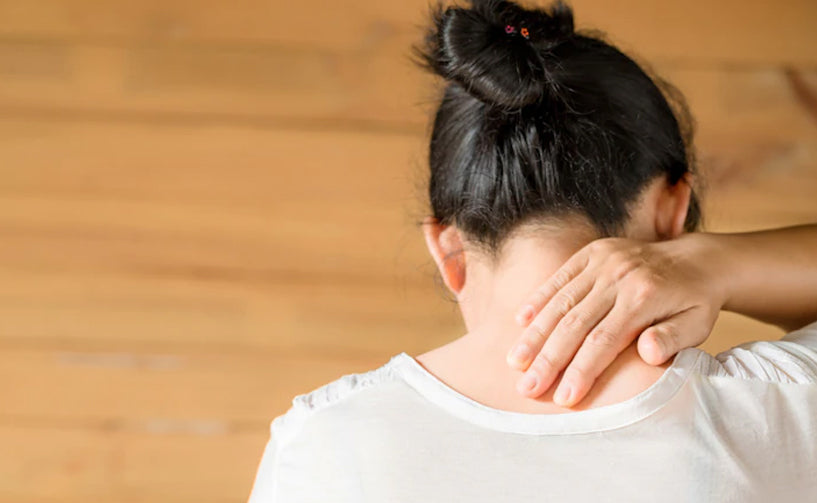Deterioration of ligaments, discs and vertebrae of the cervical spine or the neck is termed as cervical spondylosis. It is also known as Cervical Osteoarthritis or Degenerative Osteoarthritis or Neck Arthritis. It develops because of the wear and tear of bones and cartilage due to age.
General symptoms of cervical spondylosis are neck pain, headache, stiffness, numbness, tingling sensation, weakness of arms, legs, feet and hands, loss of coordination and sometimes loss of bladder control especially during old age. The pain also gets worse with head movements. All these symptoms may lead to a short supply of blood towards the head causing blackouts and dizziness. As we age our ligaments get stiffer, which further causes flexibility in the neck region to fall. Even the ability of neck to absorb shocks fades away over time which increases the risk of cervical pain and inflammation in nearby limbs and tissues.
Cervical spondylosis is a symptomless disease in most of cases and if there is any sign or symptom present, it gets resolved on its own without much care or treatment. But certain useful treatments are available to overcome the problem including physiotherapy involving neck region, muscle relaxants, steroidal injections to subside inflammation, supplements containing herbs to reduce pain, inflammation and increase bone strength, cold/heat pads for providing relief from sore neck muscles and a wearable soft neck collar, cervical collar or brace for straight posture and controlling nagging neck pain. Any relaxant or steroid can cause side effects on other organs of the body.
Do’s
- Maintain a relaxed and straight posture
- Seek professional help
- Wear soft neck collar
- Consume natural supplements
- Do light exercises
Don’ts
- Don’t bend your head for long periods of time
- Avoid sudden movements
- Avoid a soft bed






